The nation holds its breath as the battle of Delhibari reaches its climax, with everyone eagerly anticipating the final results on June 4. The crucial question on everyone's mind: who will be the next leader to guide India? Early booth-return predictions suggest that Prime Minister Narendra Modi's BJP is poised for a historic third consecutive term.
Throughout the two-month campaign for the Lok Sabha elections, the opposition India Alliance appeared to gain momentum. However, recent exit polls indicate a strong performance by the ruling party, dispelling doubts about the BJP's ability to form the government once again. The only uncertainty remains whether the BJP will achieve the 'magic mark' necessary for a clear majority.
In the 2019 elections, the BJP alone secured 303 seats, while the NDA coalition, led by the BJP, won 353 seats. Despite expectations that the India Alliance would present a significant challenge, exit polls suggest the NDA might actually increase its seat count, potentially approaching but not exceeding 400 seats.
Polls conducted by various media organizations project the BJP-NDA alliance winning between 359 and 395 seats, with the India Alliance securing 125 to 161 seats. The BJP is not only maintaining its dominance in the Hindi-speaking regions but also making inroads into southern states like Tamil Nadu and Kerala, where it has traditionally struggled. Polls indicate the BJP may win 1-3 seats in Tamil Nadu and 2-3 seats in Kerala, signaling a significant shift.
Prime Minister Narendra Modi's efforts to expand the BJP's influence in the southern states appear to be paying off. Known primarily as a party with strong support in the Hindi belt, the BJP's potential gains in the south reflect a broader appeal in this election cycle. Despite this, Congress President Mallikarjun Kharge dismissed the exit polls, asserting that the India Alliance would win 295 seats based on internal assessments and consultations with regional leaders.
The BJP also seems poised for success in West Bengal, traditionally a stronghold of Mamata Banerjee's Trinamool Congress, with predictions of winning 23 to 27 seats. Additionally, the BJP is optimistic about its prospects in Odisha, Telangana, and Andhra Pradesh, with surveys suggesting notable gains.
Overall, the exit polls indicate that most states favor a strong, stable government, continuing to place their trust in Prime Minister Modi after a decade in power. The key questions now are whether the BJP will cross the 300-seat mark and if the NDA can surpass its previous tally of 350 seats. Most surveys predict that both milestones are within reach, setting the stage for Modi to secure a third term, matching the record of India's first Prime Minister, Jawaharlal Nehru.
As the nation waits for the official results, one thing is clear: the political landscape of India is on the verge of witnessing another significant chapter in its history.



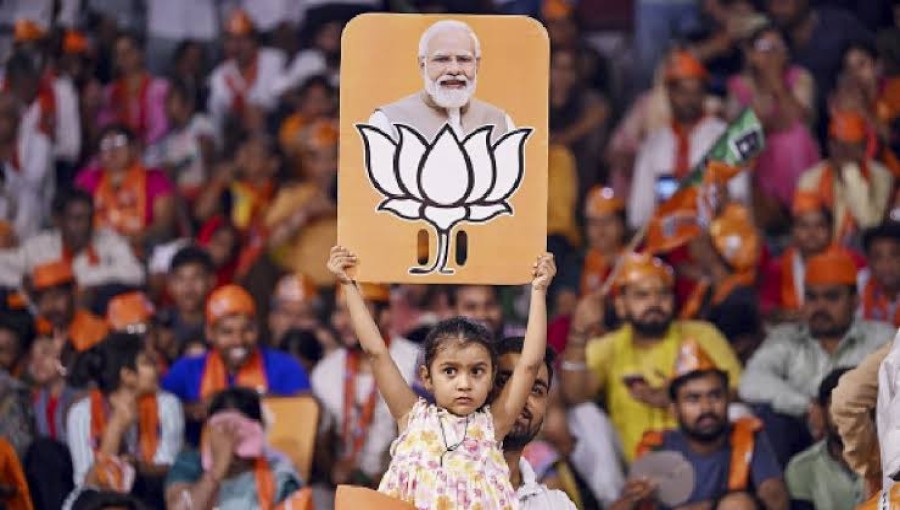
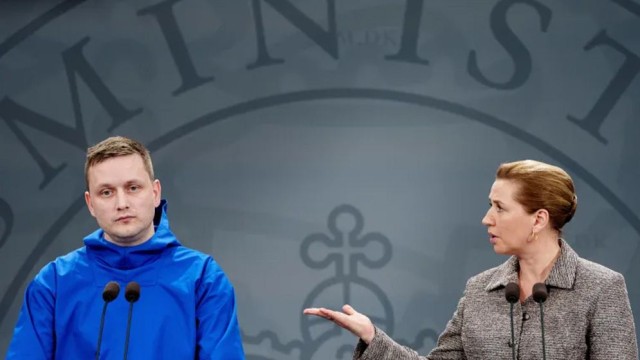
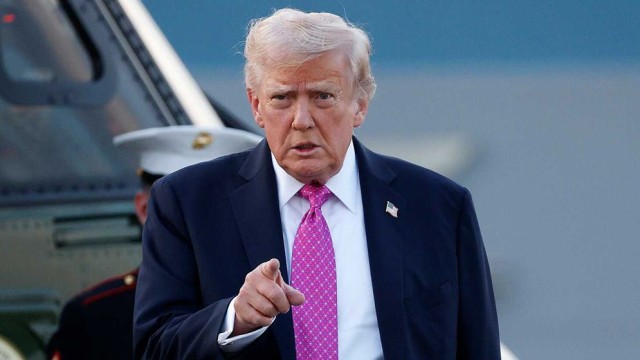
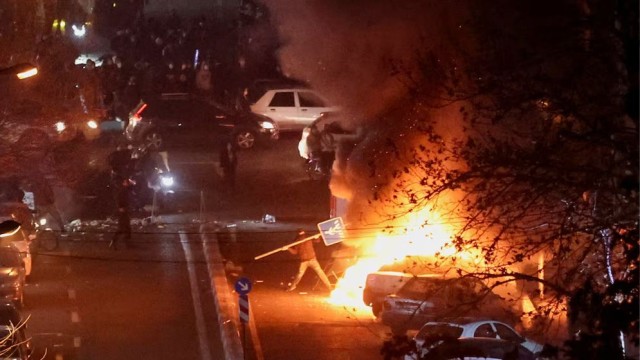



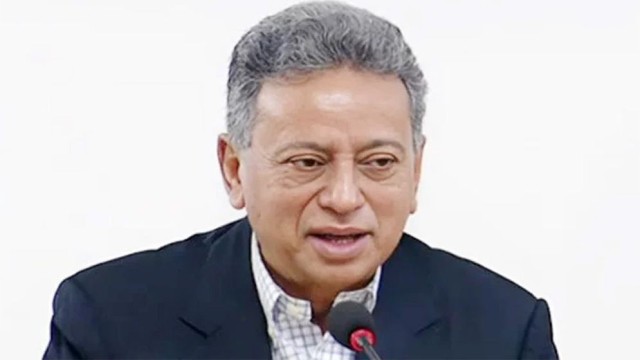
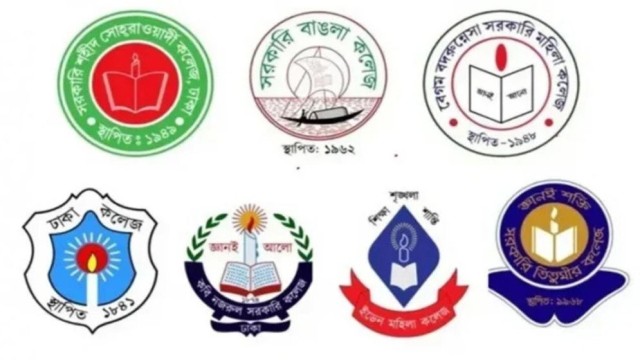

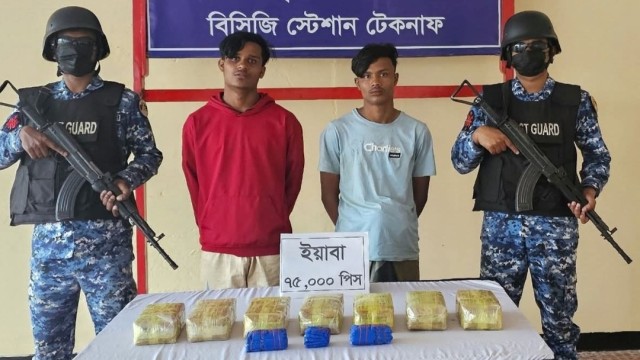
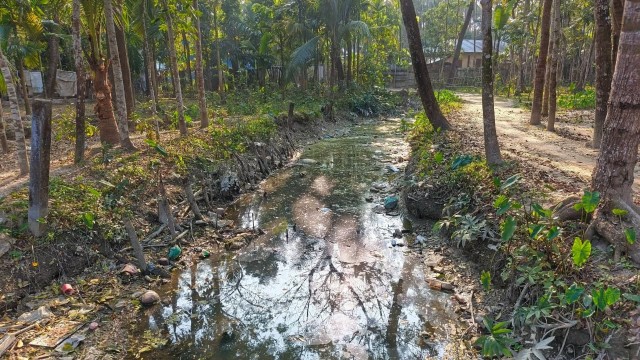

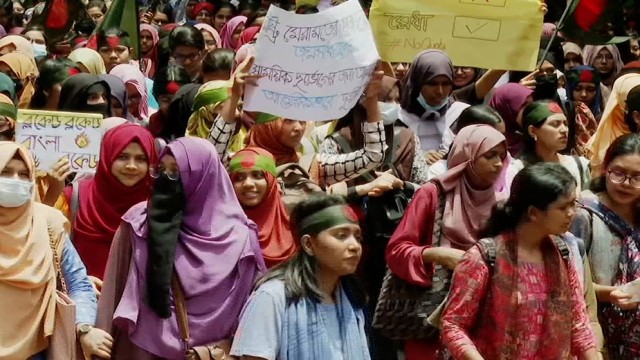
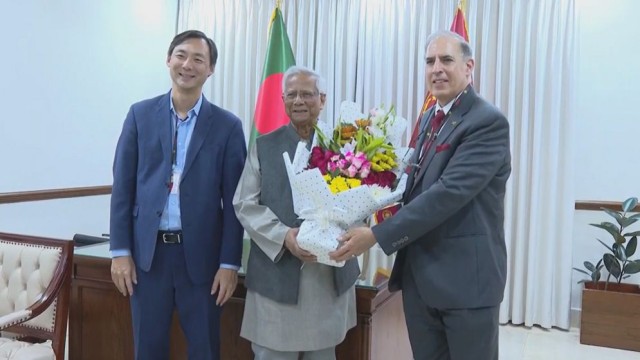
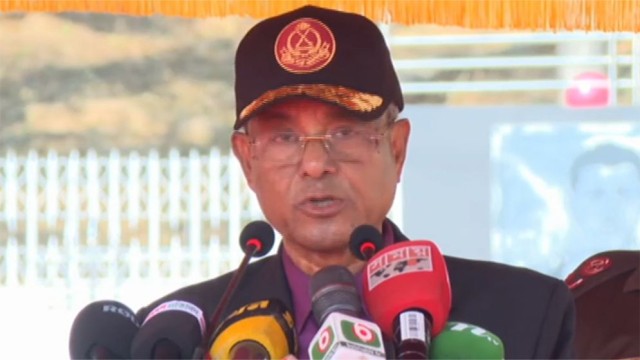
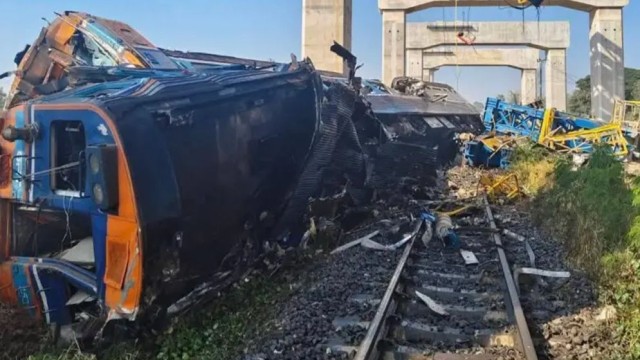

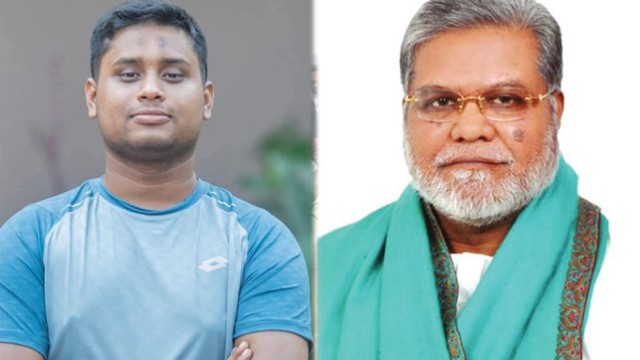
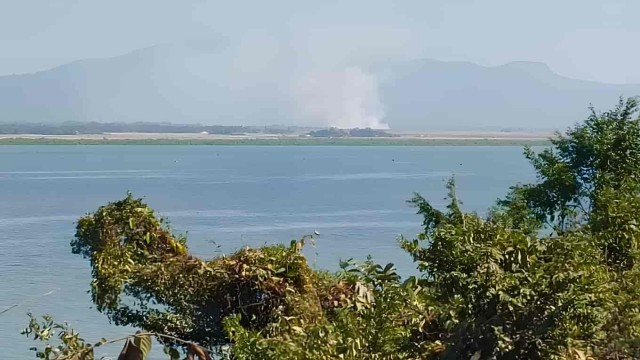

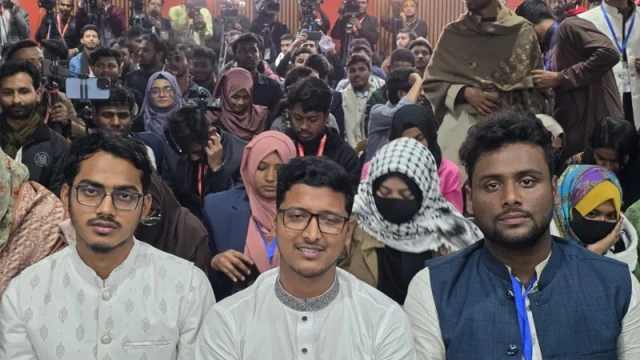


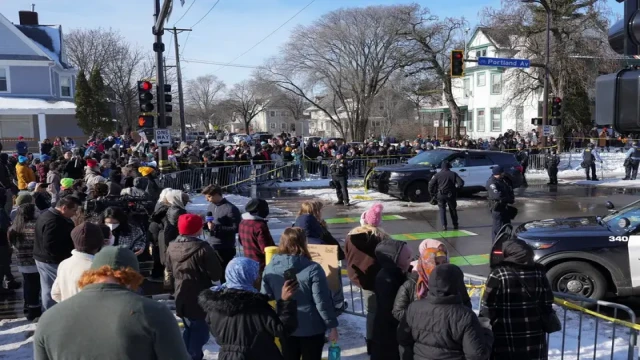
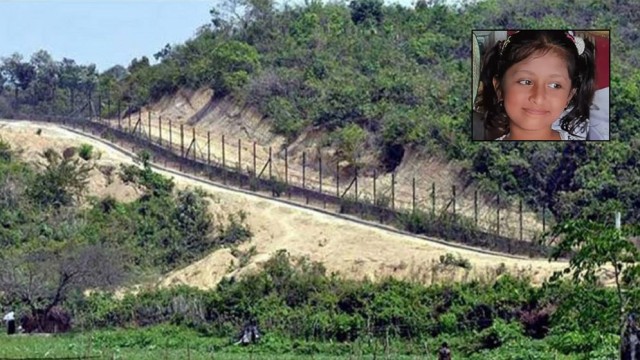
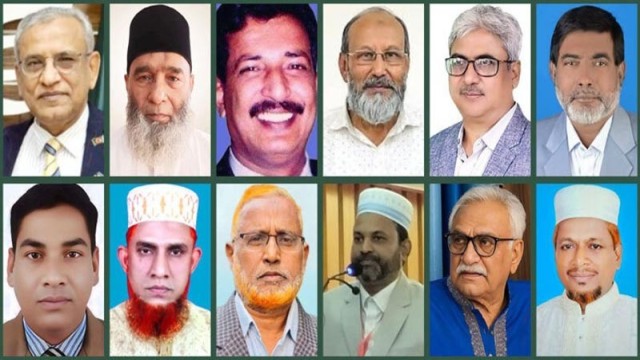

Comment: